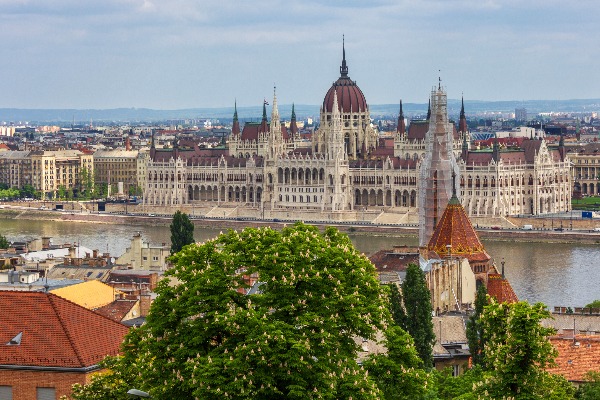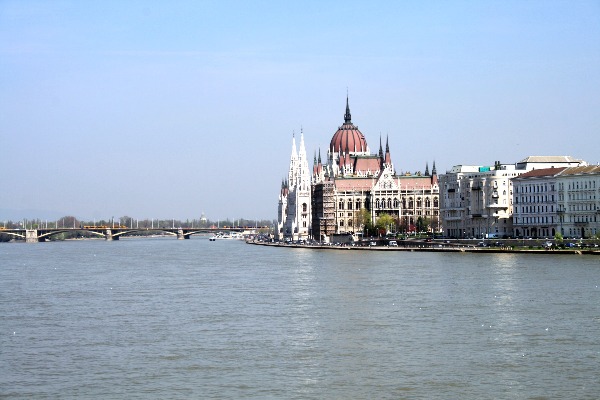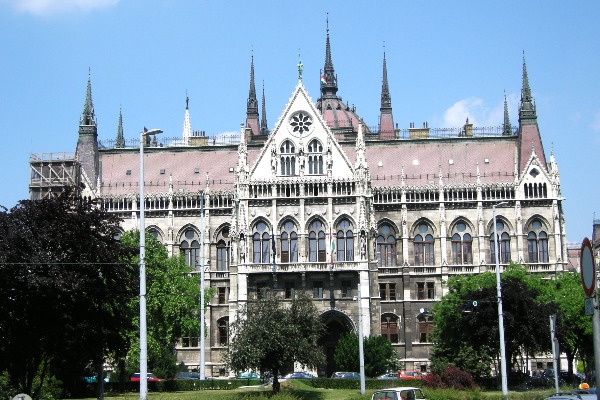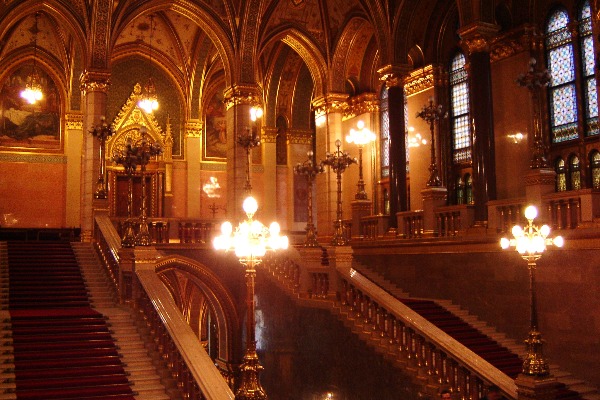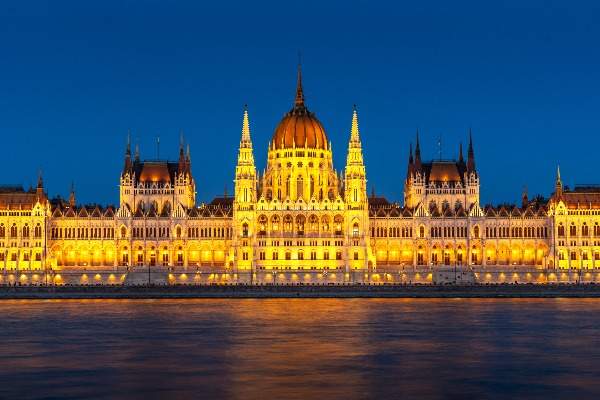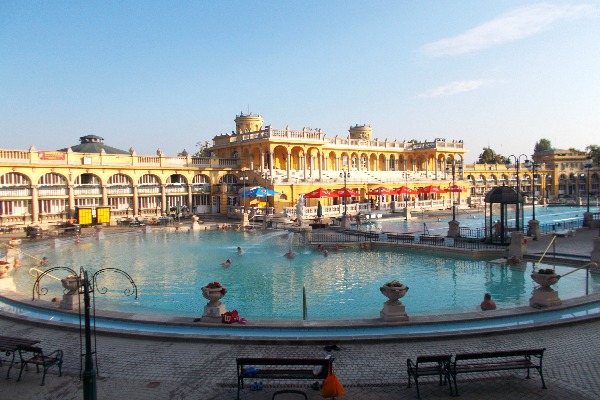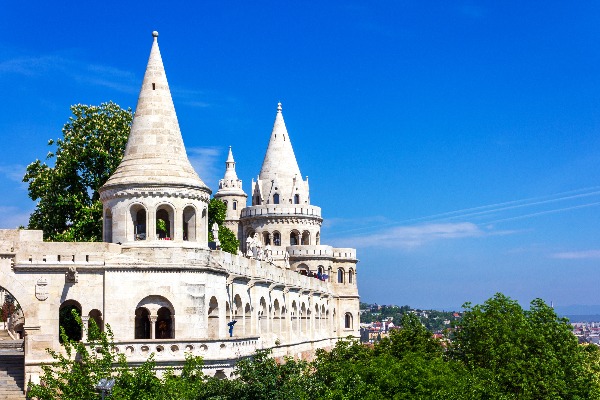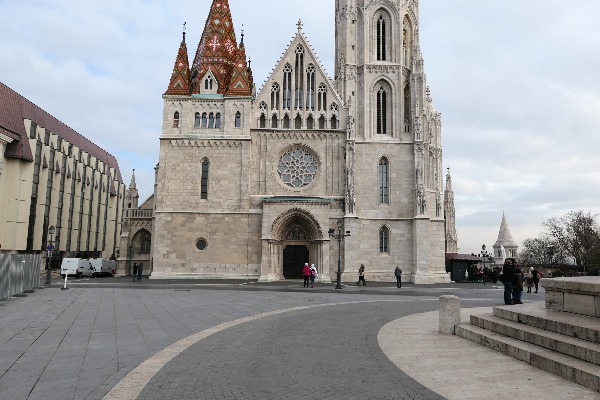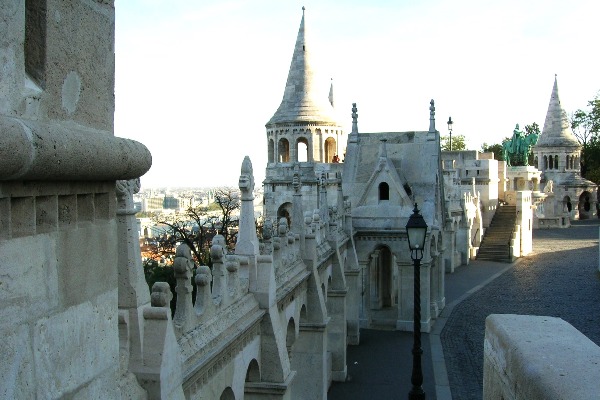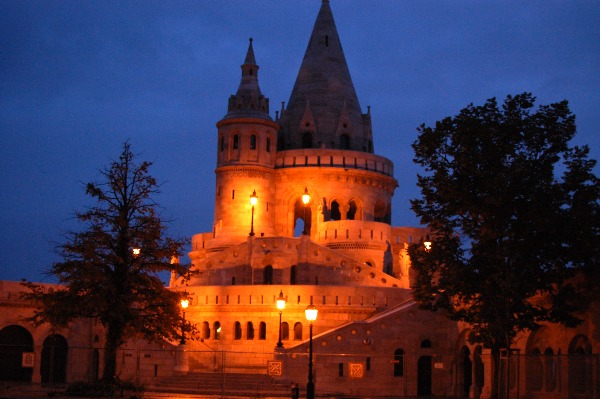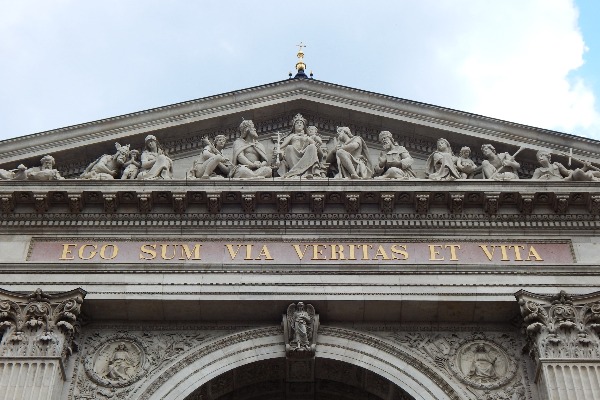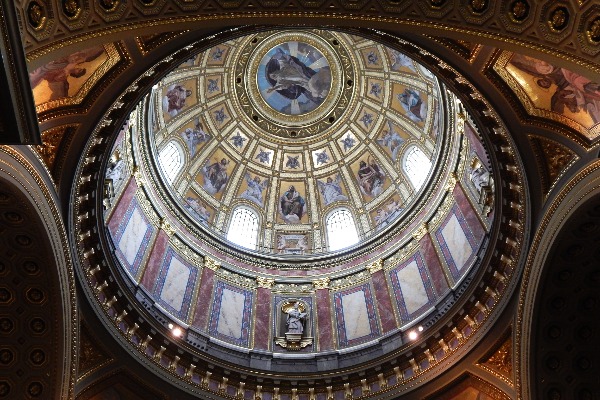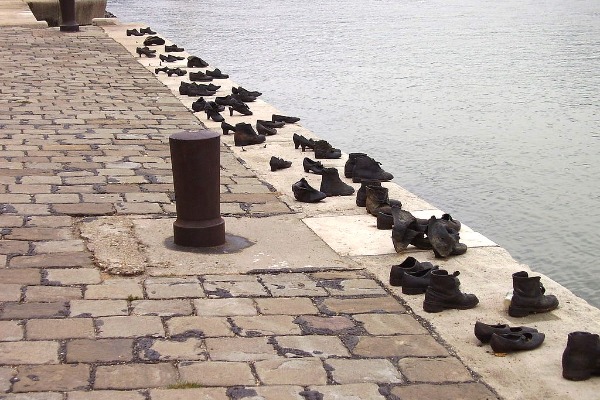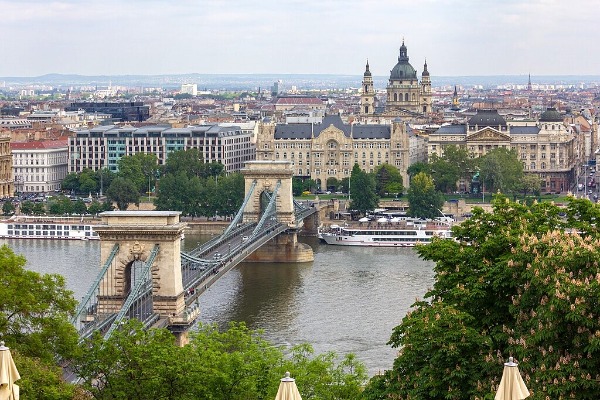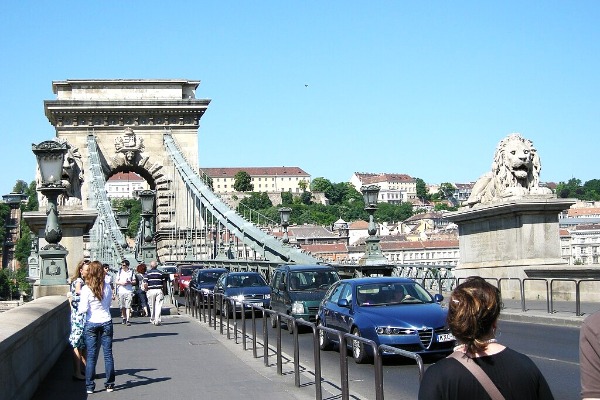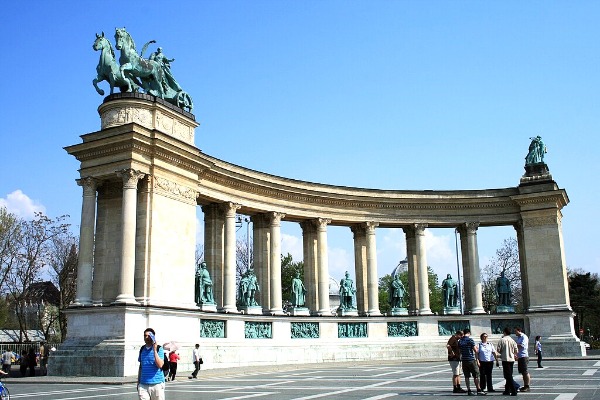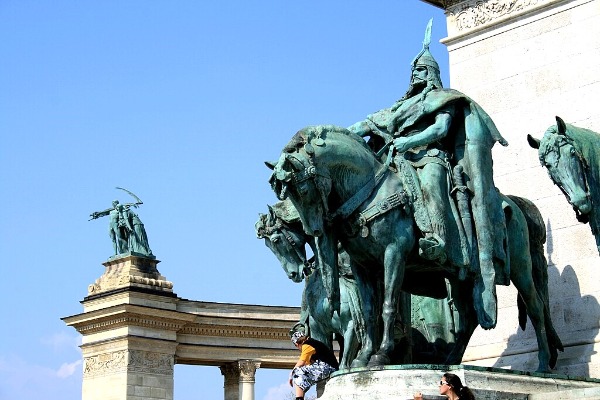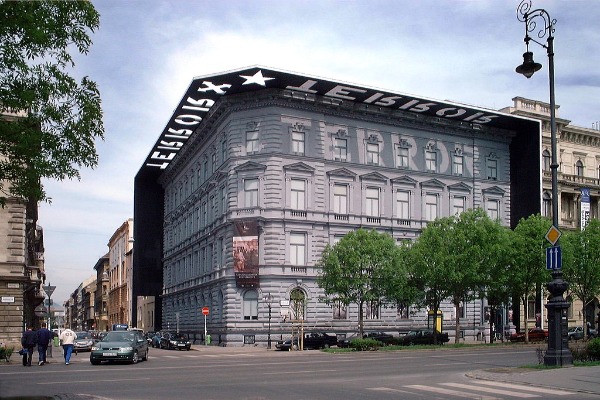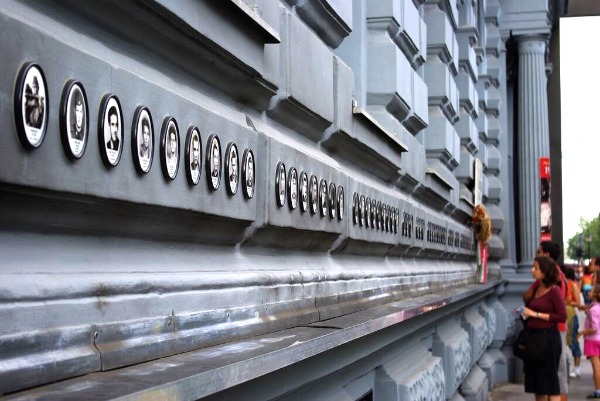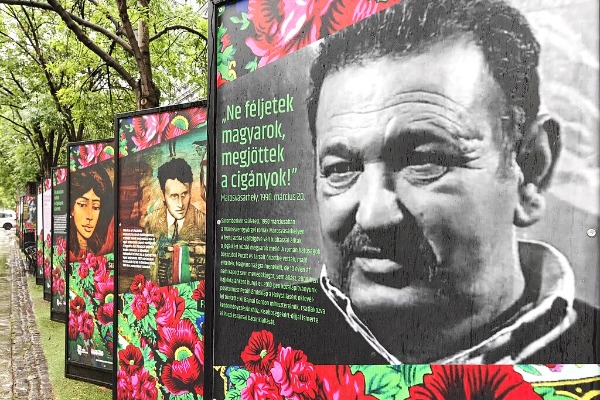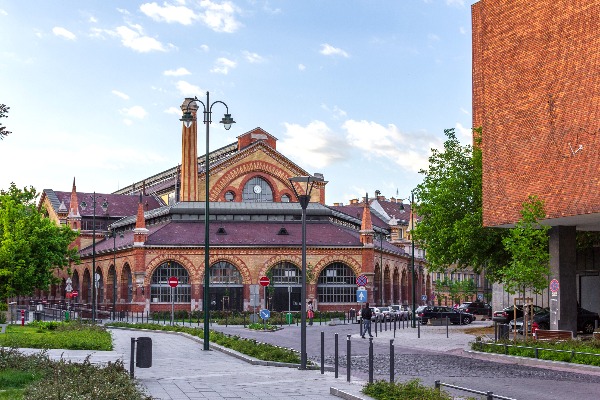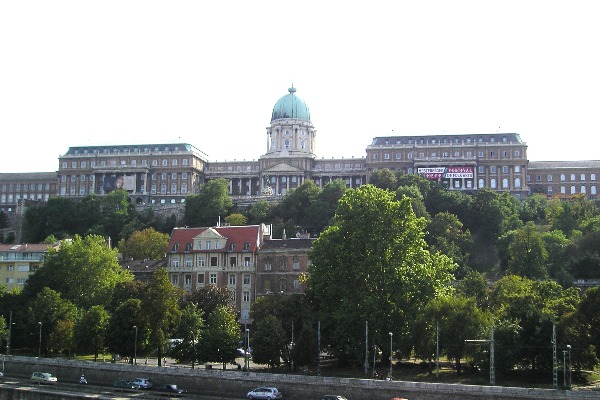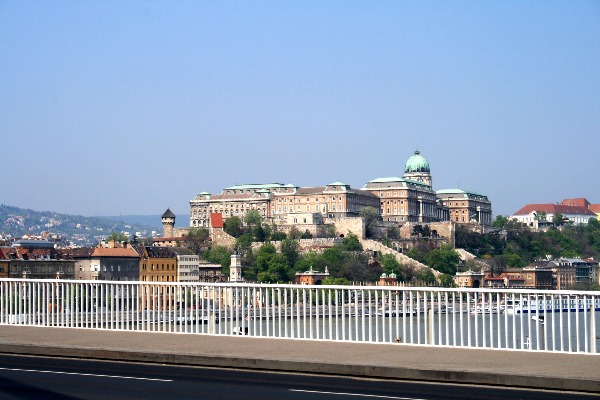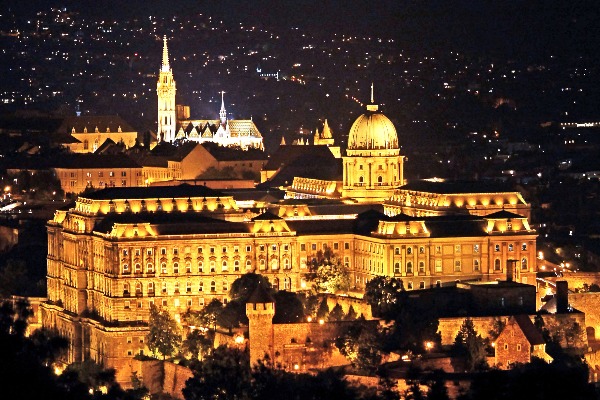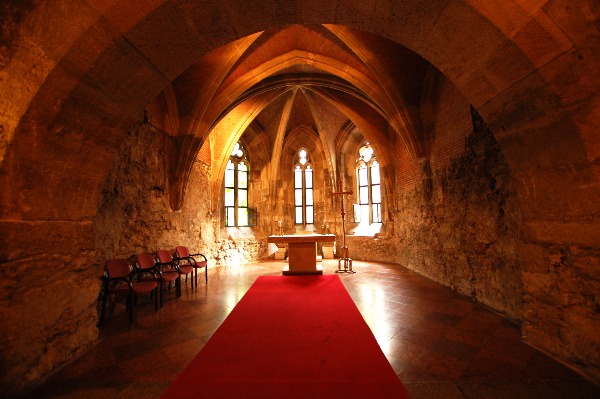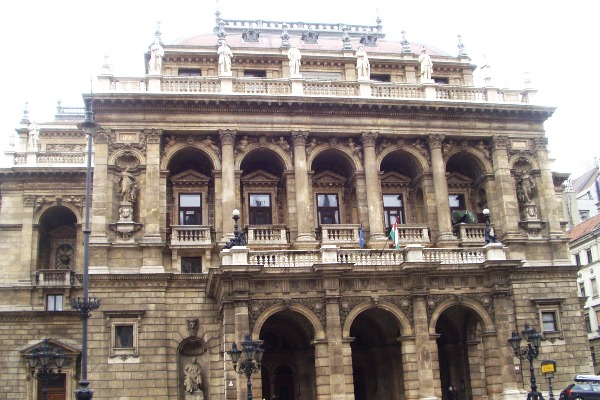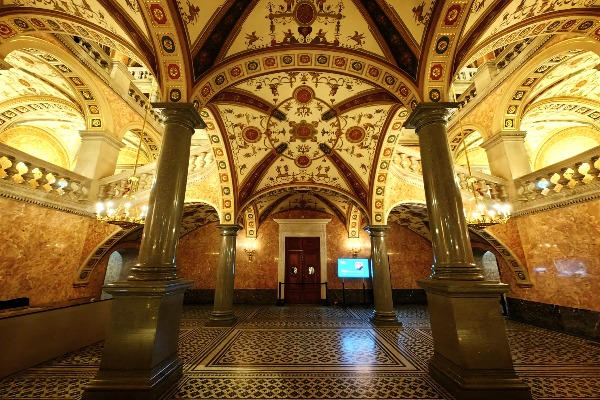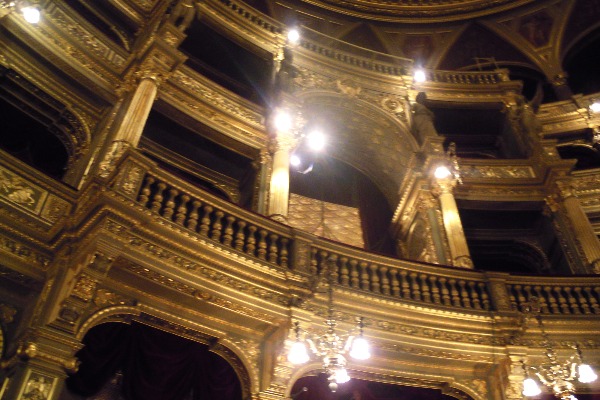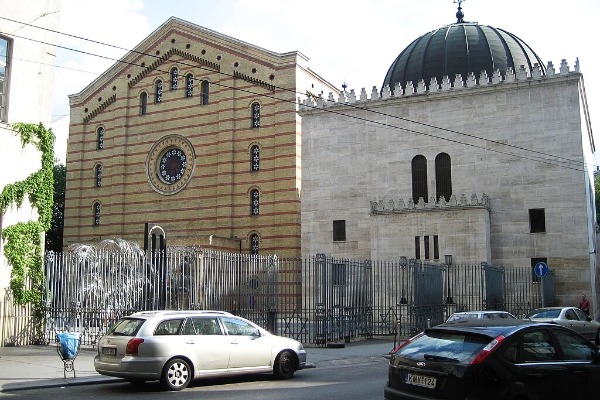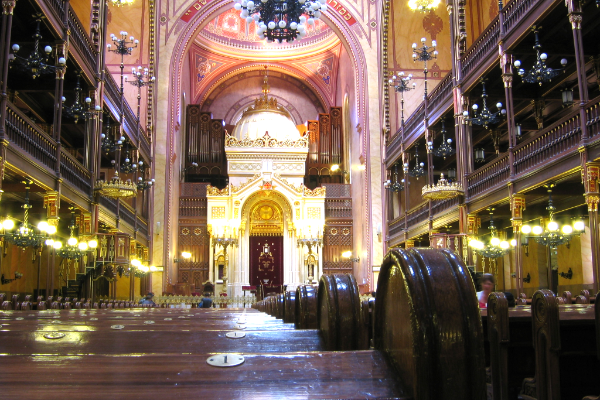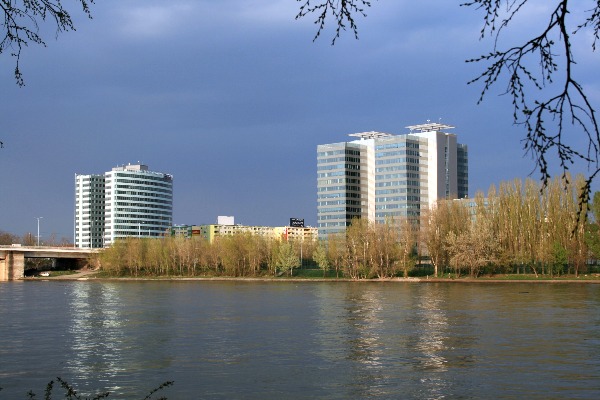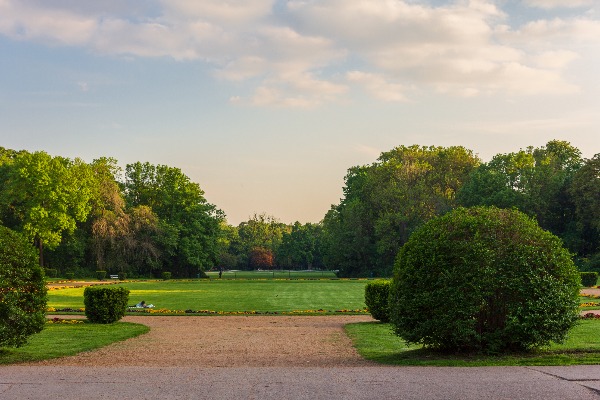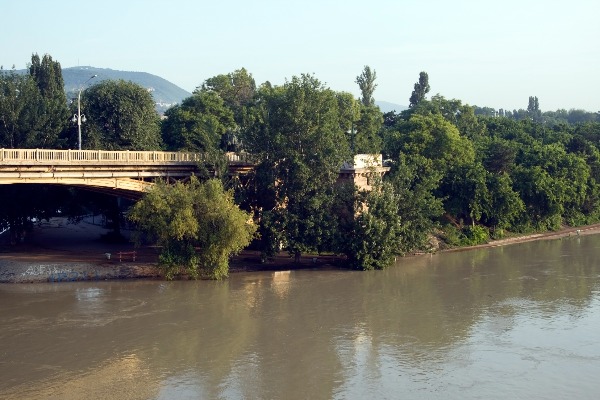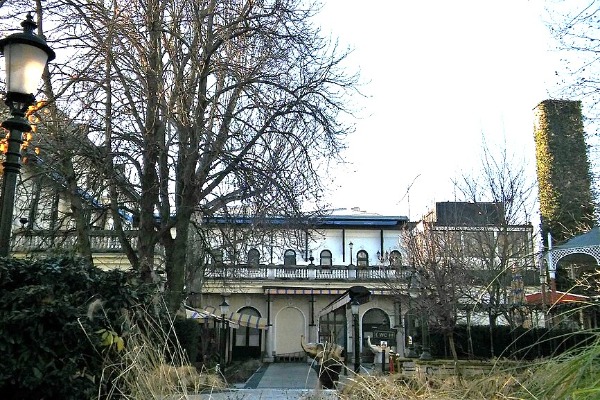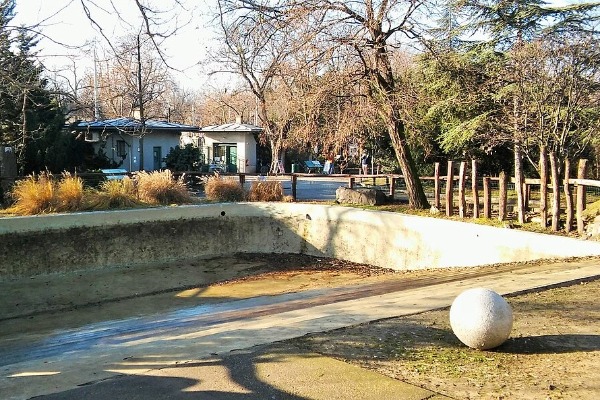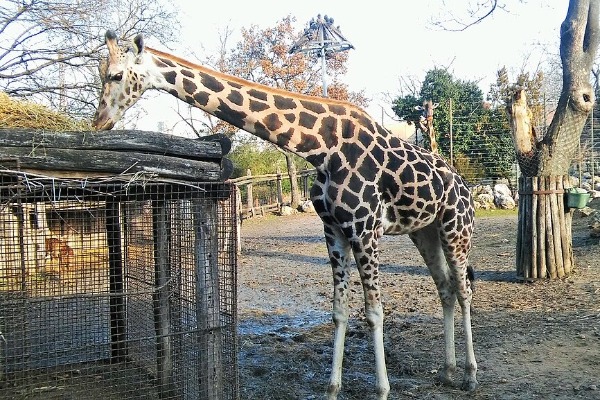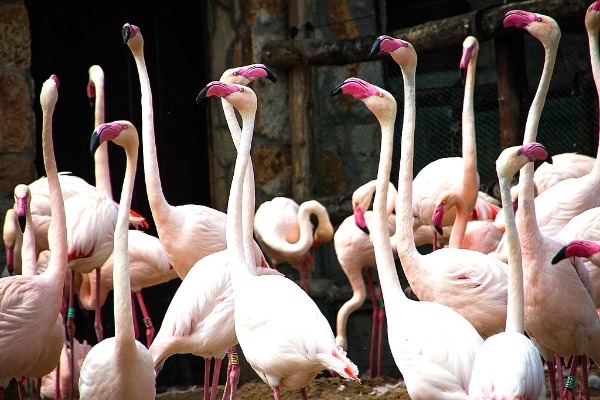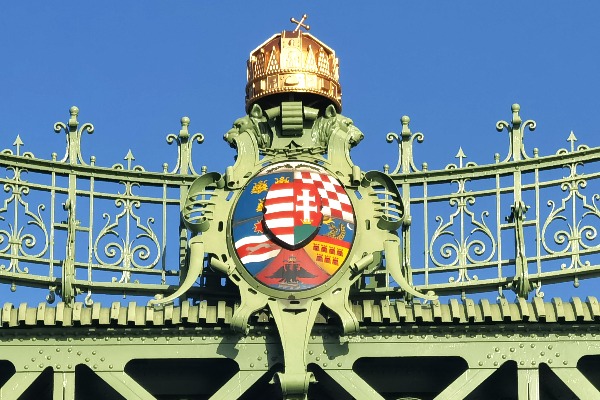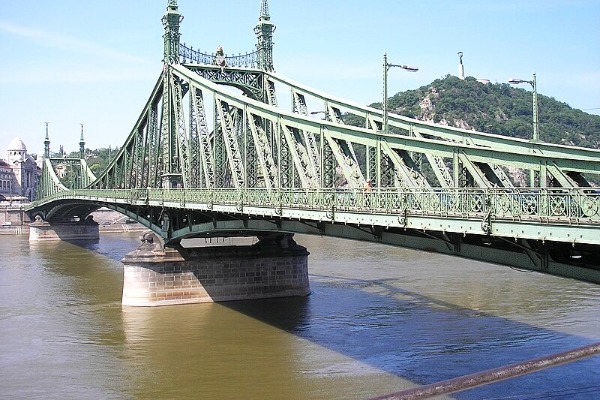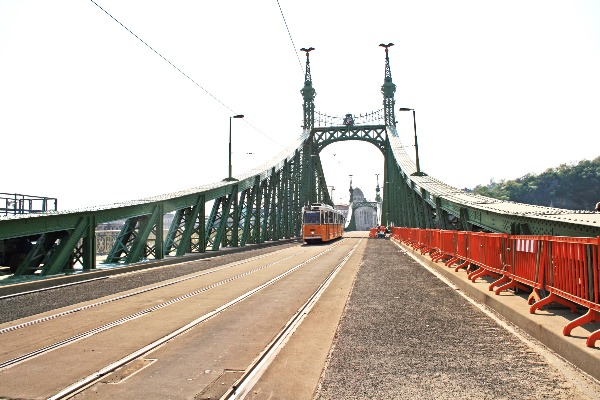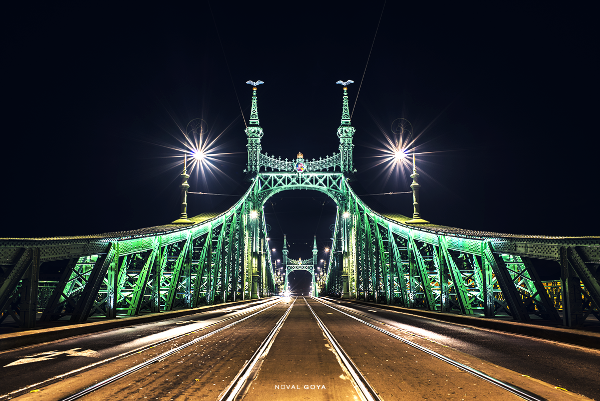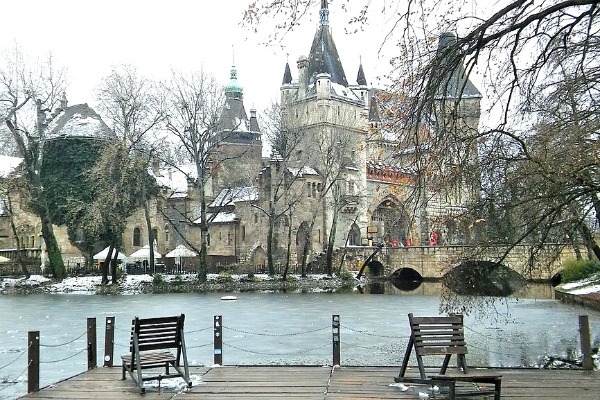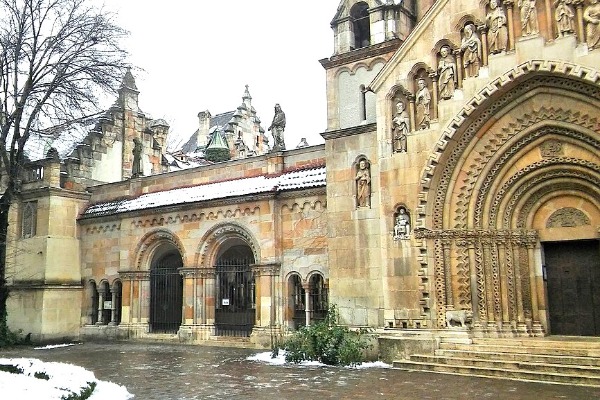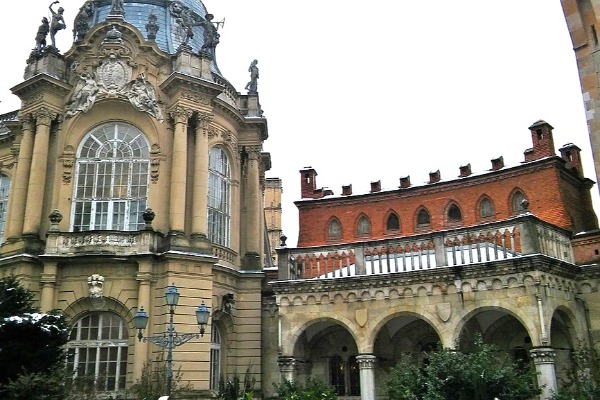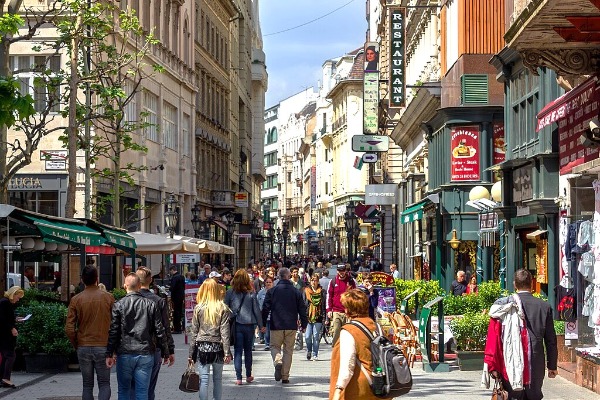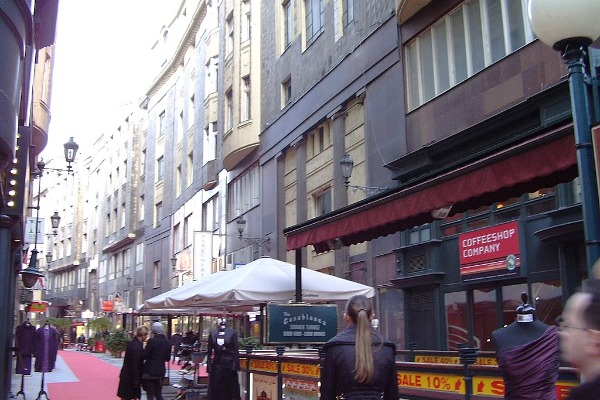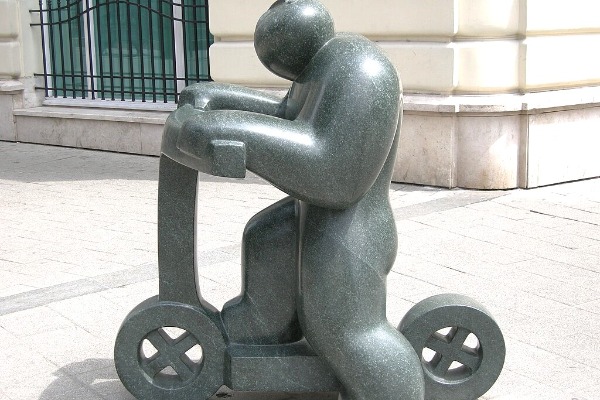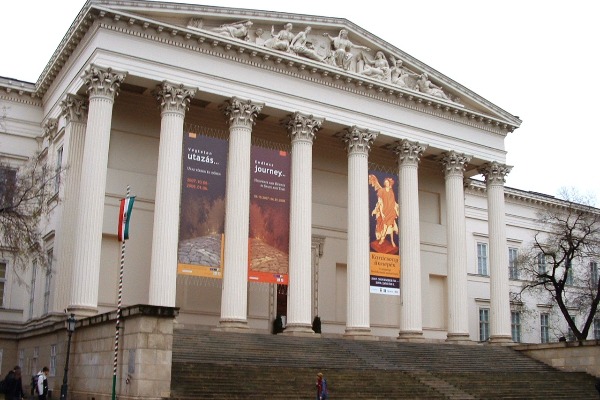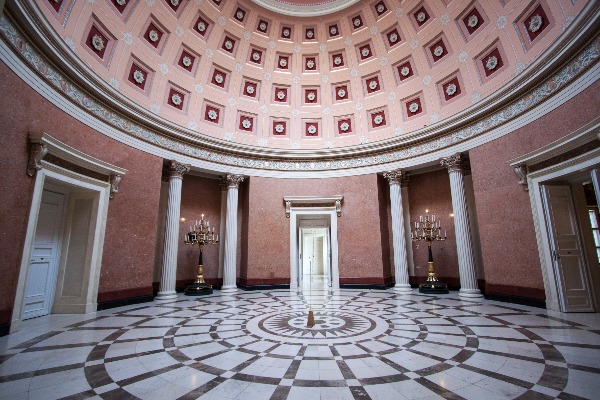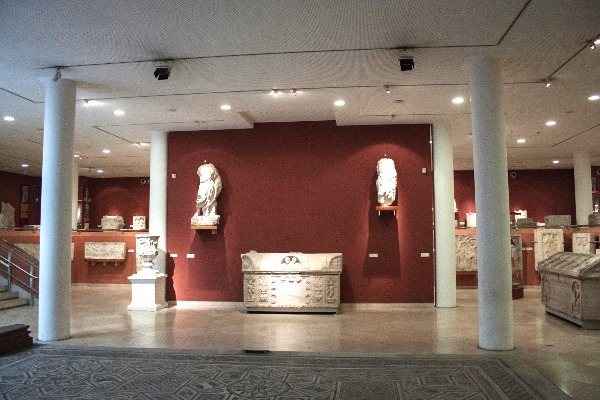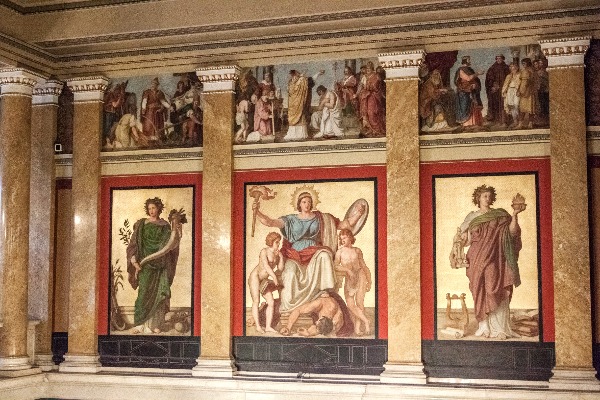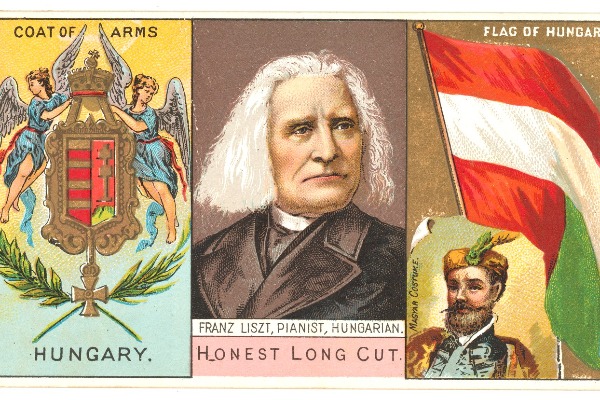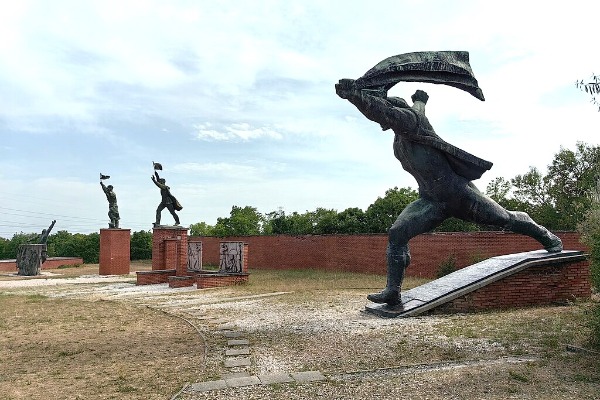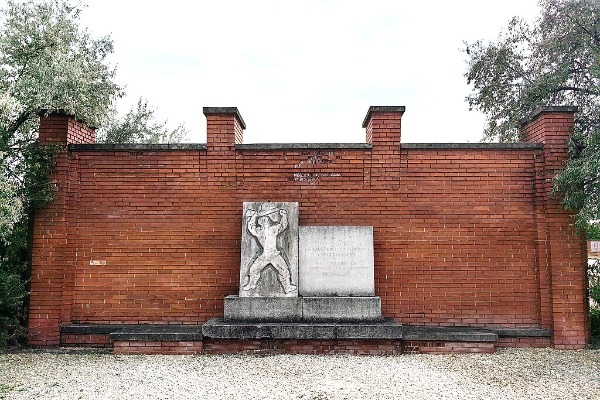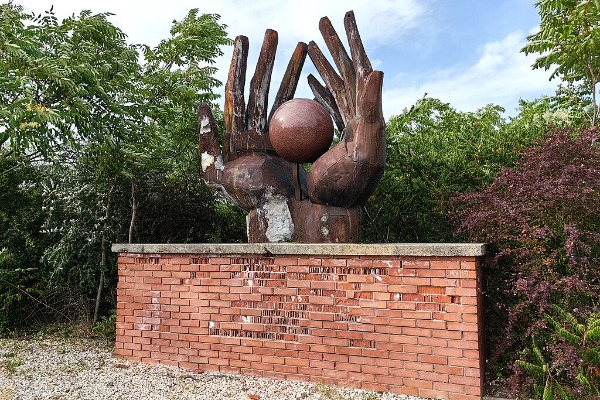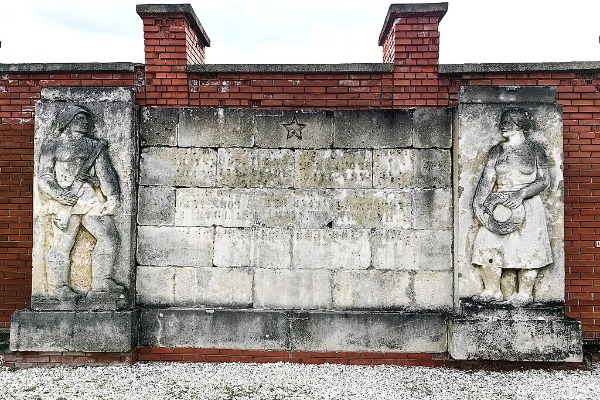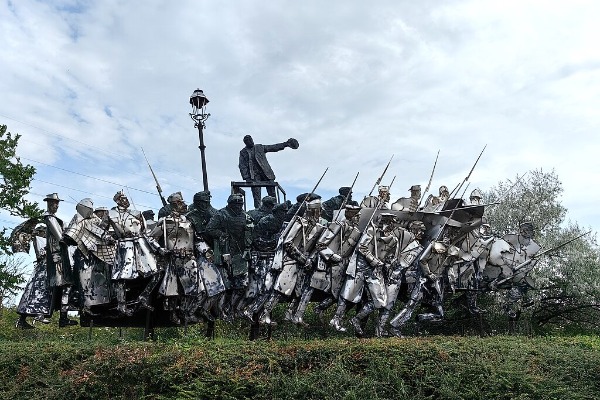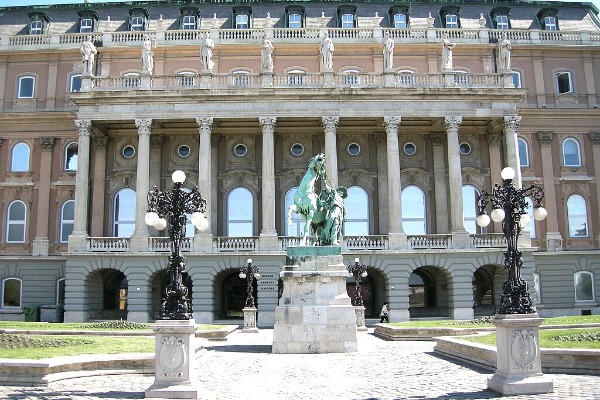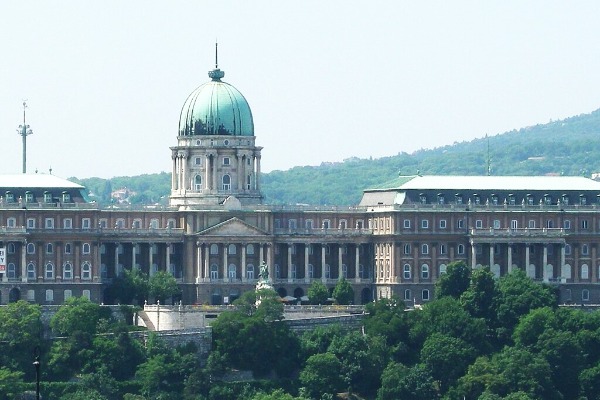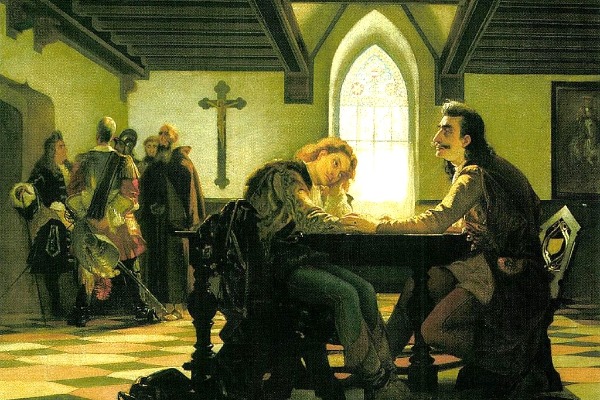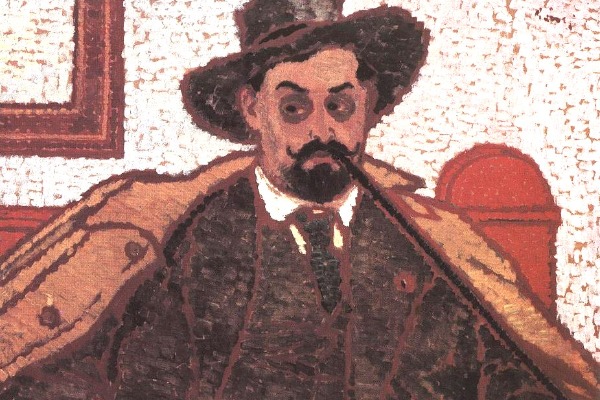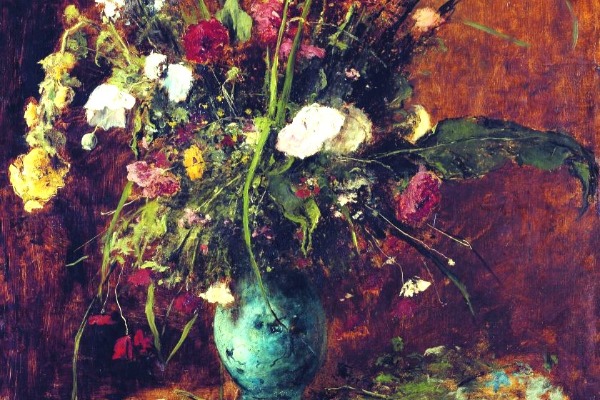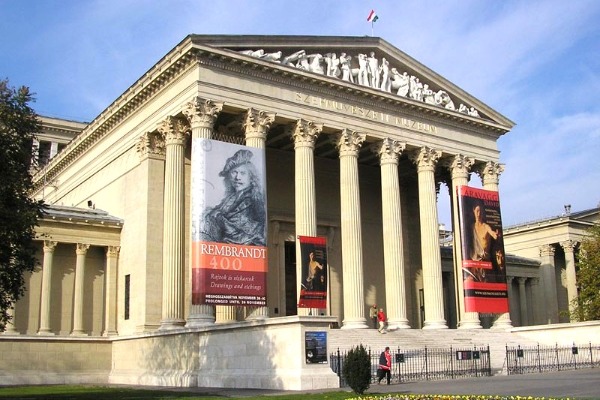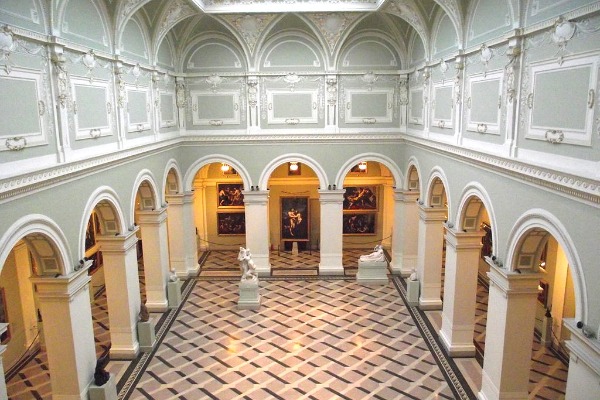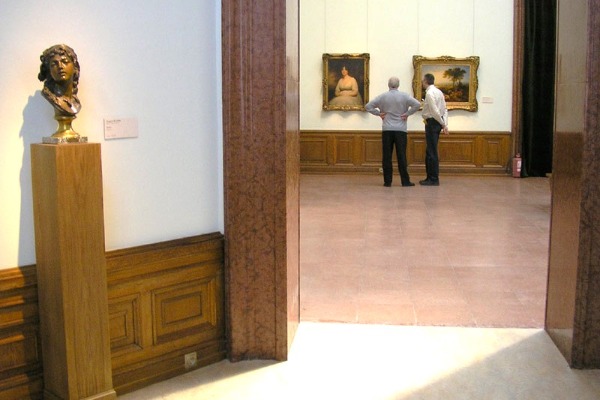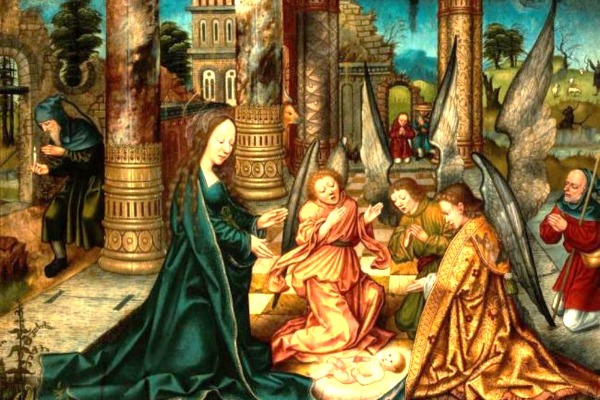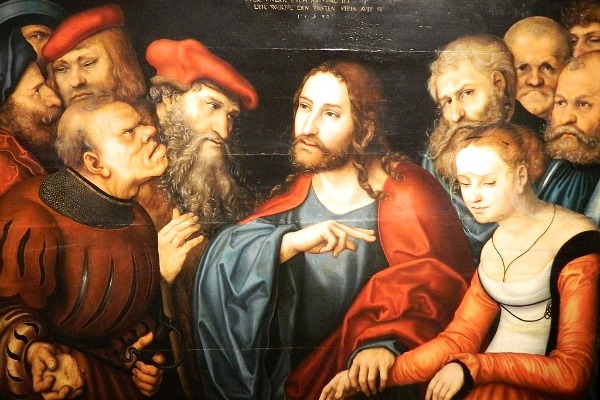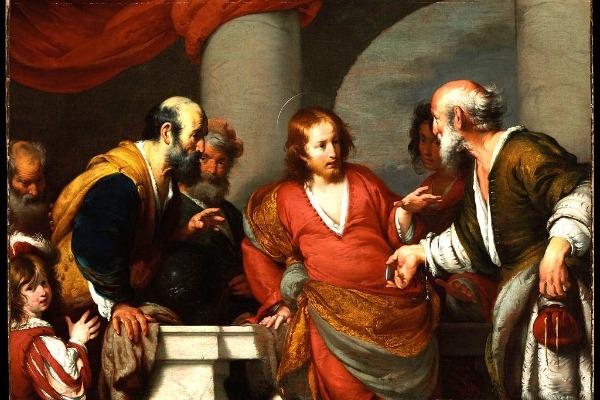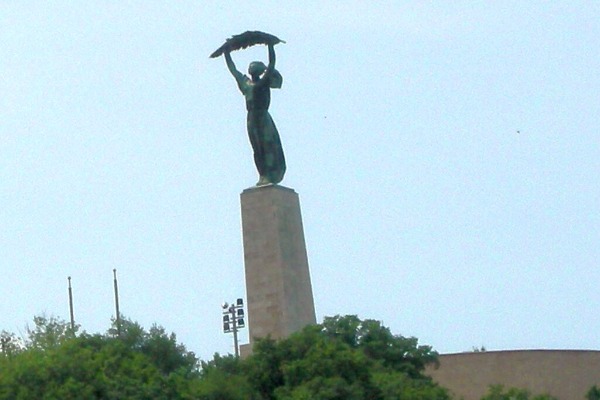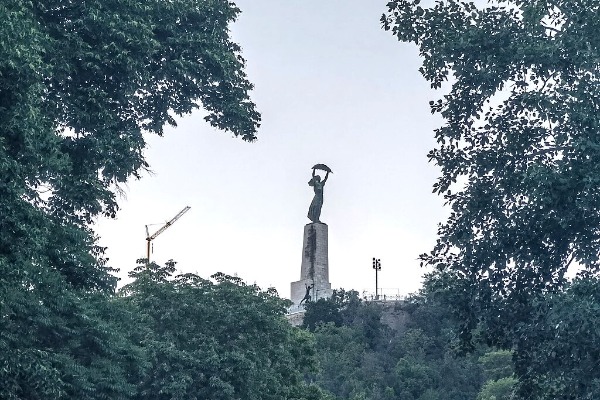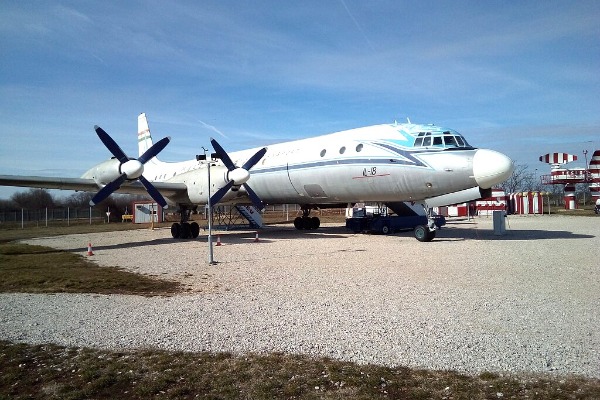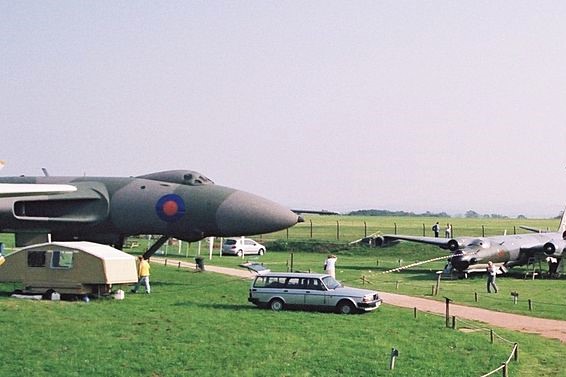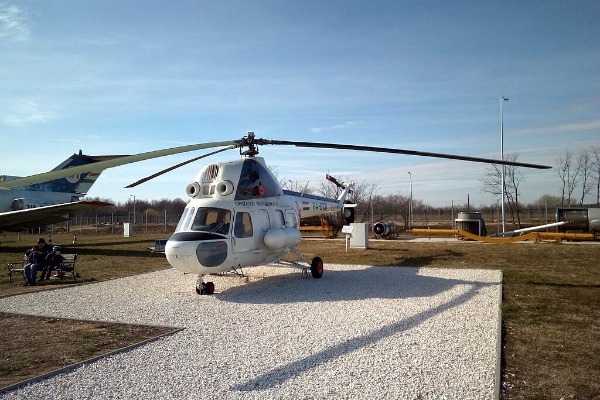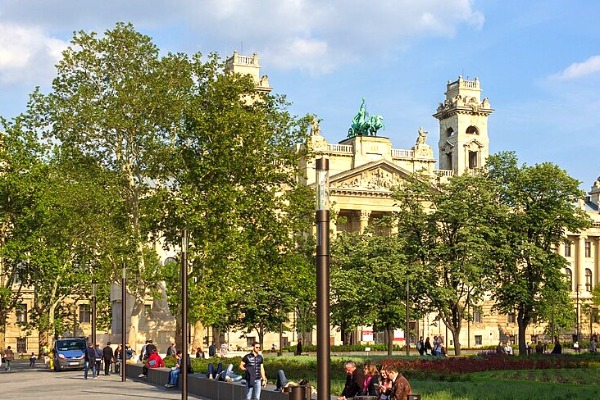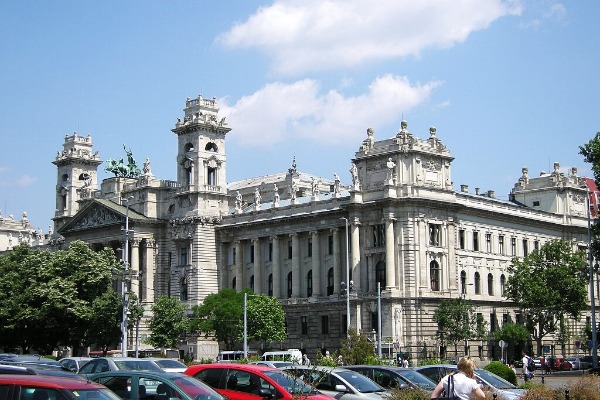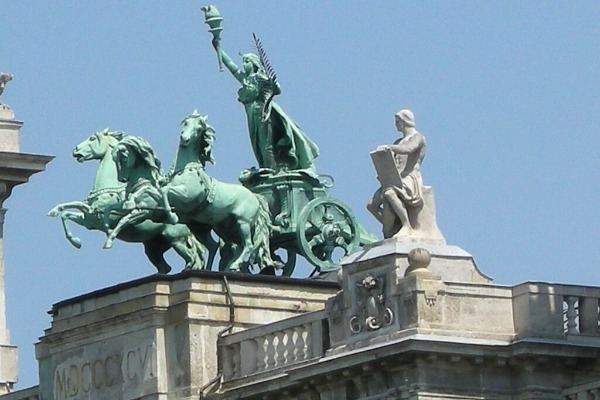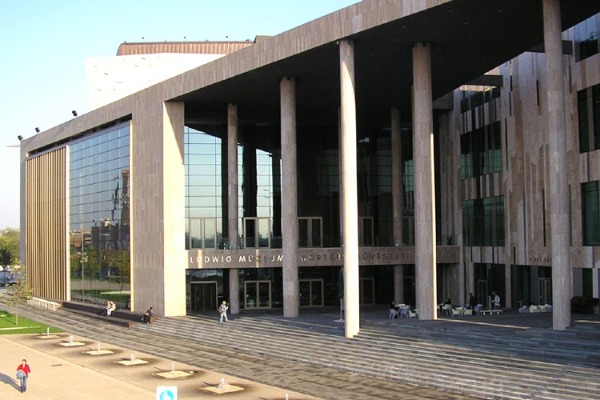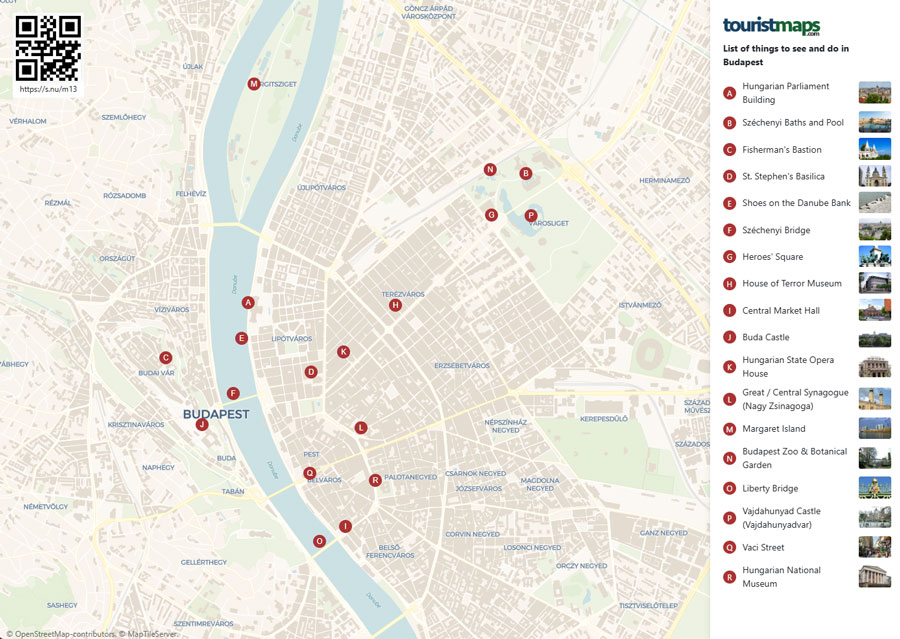
Budapest Tourist Map and Attractions
Budapest is the capital of Hungary and its primate city. Here you will find classical architecture from the pre-war era, along with many museums and galleries. Use our map to explore.

Budapest explained: landmarks & layout
Budapest is the capital and primate city of Hungary and a global destination that attracts visitors from around the world to view its beautifully preserved pre-war cityscape that features many historic buildings and landmarks in rich classical architecture. Located along the river Danube, there is a wide range of parks, sites, monuments and attractions for families and visitors of all ages to explore and enjoy including many shops and restaurants.
Looking for some help finding your way around the neighbourhood? Take a look at our interactive map as a useful guide to help show you where you can find the locations of several of Budapest’s most famous tourist attractions. In addition, click on the highlight of each location to learn more about its history and cultural significance to this city. This interactive map can also be downloaded as a hand-held paper copy if you prefer the convenience of using an offline map to explore Budapest.
Find and explore the tourist attractions in Budapest
This city is packed with museums and galleries to enjoy while you are in town, with more than 220 on offer, including most notably the Hungarian National Museum. There are also the House of Terror Museum, Museum of Fine Arts, Transport Museum of Budapest and Palace of Art, all located centrally within City Park.
Within City Park you will also find and enjoy the Budapest Zoo and Botanical Garden. It is the oldest zoo in Hungary and one of the oldest anywhere in the world. This zoo is unique not only in that it is located within a city, but also in that it features over 1,070 animal species within a nature reserve. City Park also features Heroes Square, a popular center for political iconography that includes the Millenium Monument and other prominent statues. Towards the back of the zoo, the park opens up to view Vajdahunyad Castle with its collection of architecture that features design elements from the Romanesque, Gothic, Renaissance, and Baroque periods.
However, the most well-known sight of the capital is the Hungarian Parliament Building, located along the Danube River. A world famous landmark neo-Gothic building, it is the largest building in Hungary and is also famously home to the Hungarian Crown Jewels. Meanwhile, the most important religious building of the city is said to be Saint Stephen’s Basilica located a short walking distance away from the Hungarian State Opera House, a central figure of Hungary’s 19th century architectural history.
The river Danube features prominently in Budapest’s long history as a city and centre for trade and economic activity. It’s not surprising then that today it features home to several of the city’s important landmarks. To the north side of the city is located Margaret Island, covered by parks and a popular recreational area. To the south, beyond the Parliament Building, travelers can find Shoes on the Danube Bank, a memorial to honor Jews who died during World War I, along with the Szechenyi Bridge, Liberty Bridge, and Vaci Street.
Getting around in Budapest: find your transportation options
Public transit in Budapest is operated by the Centre for Budapest Transport (BKK). The BKK runs 4 metro lines in the city, including Line 1, the oldest underground railway in Europe. In addition, it runs several tram and trolleybus lines and more than 200 bus routes plus 4 boat services and a bike sharing network. Tourists should be particularly aware of Tram lines number 4 and 6. These are among the busiest city trams anywhere in the world. They operate services at 2-3 minute intervals during peak times, running schedules between 4am to 12am.
For added conveniences, passengers can download a smartphone app that enables them to view real-time information for all scheduled services. Automated fare collection and e-ticketing services are available and all people aged 65 and over and those under 14 years of age are able to ride free of charge on the BKK network.
The city’s bike sharing service is named MOL Bubi. It is available on a 24/7 basis with over 2,460 bicycles and 210 docking stations throughout the city. The bikes have been designed with comfort in mind and feature anti-puncture tires to ensure safety and reliability. Monthly and annual subscriptions are one option, while a pay-as-you-go option is also available. In addition to a registration fee equal to 120 Ft, or $0.35 USD, bicycle rental rates cost only 40 Ft per minute, or $0.10 USD per minute, making this an attractive option for getting around the city cheaply and easily.
Taxi services in Budapest are also regulated by the BKK. Official taxis in the city must be marked with yellow coloured paint and display “Qualified Budapest taxi” on their front door. Tourists are warned against the use of unlicensed taxis which are often referred to as “barefooted.” Regulated taxis use a standard base rate and a variable rate per kilometre traveled. There are no extra fees charged for carrying additional luggage or extra passengers.
Certain ridesharing services are banned in Budapest. There is no Uber and Lyft services currently offered. There are however, some alternative services available from ridesharing companies Bolt and the Hungarian-based MOL Limo.
Budapest is a fairly large city according to its size. This means that tourists will need to make travel plans according to their specific needs. For example, a trip from City Park to the Hungarian Parliament Building would take approximately 28 minutes to reach by train, or slightly longer by taking the bus. While these trips would only cost approximately 450 Ft or less than $2 USD, traveling to these destinations by taxi or rideshare could save significant amounts of time. An estimated taxi fare between these two tourist spots would cost approximately 2,500 Ft or $8 USD but would take closer to 5-10 minutes of travel time. Ridesharing services can be slightly more expensive than the costs of hailing a taxi, but the fares are mostly similar with each other.
Landmarks and attractions included on the map
Hungarian Parliament Building
Hungarian Parliament Building is the seat of the Hungarian Parliament on the left bank of the Danube
Széchenyi Baths and Pool
Széchenyi Baths and Pool is the largest bath complex in Budapest and Europe
Fisherman's Bastion
Fisherman's Bastion was built in the 19th century on the Castle Hill of Budapest
St. Stephen's Basilica
St. Stephen's Basilica is a Catholic cathedral from the early 20th century
Shoes on the Danube Bank
A sculpture in the form of shoes on the banks of the Danube dedicated to the victims of the Holocaust
Széchenyi Bridge
The famous illuminated suspension bridge designed by William Tierney Clark
Heroes' Square
UNESCO World Heritage Site with statues of the chieftains of the seven tribes that founded Hungary
House of Terror Museum
Museum dedicated to the Nazi and Communist periods in Hungary
Central Market Hall
Central Market Hall sale of food products and souvenirs
Buda Castle
Buda Castle is the residence of the Hungarian kings
Hungarian State Opera House
The Hungarian State Opera House was founded in the late 19th century
Great / Central Synagogue (Nagy Zsinagoga)
A Moorish-style synagogue with its own museum, cemetery and Holocaust memorial
Margaret Island
Margaret Island is a park area in the middle of the Danube
Budapest Zoo & Botanical Garden
A zoo with animals from all over the world
Liberty Bridge
Liberty Bridge bridge over the Danube
Vajdahunyad Castle (Vajdahunyadvar)
Situated on the lake shore, the castle dates back to 1896
Vaci Street
Each door on the side of Váci Street is either a shop, a restaurant, a cafe, a bar or a store worth popping in
Hungarian National Museum
Hungarian National Museum presents the history and art of Hungary
Memento Park
A park with an open-air museum containing sculptures from the socialist period of Hungary's history
Hungarian National Gallery
A museum with permanent and temporary exhibitions of works by Hungarian masters from the 15th century to the present day
Museum of Fine Arts Budapest
A neoclassical art museum with an Egyptian collection, Renaissance frescoes and 19th-century paintings
Liberty Statue
The lovely lady with the palm frond in her outstretched arms, proclaiming freedom throughout the city
Aeropark Budapest
Aeropark is an open air aviation museum
Museum of Ethnography
A museum with a large exhibition dedicated to the history of Hungary and Eastern Europe in the 19th and 20th centuries
Ludwig Museum of Contemporary Art
Examples of American pop art, works by authors from Eastern and Central Europe
Attractions and Landmarks in Budapest
